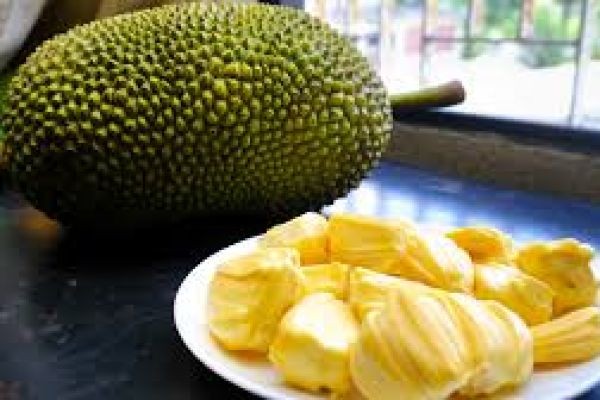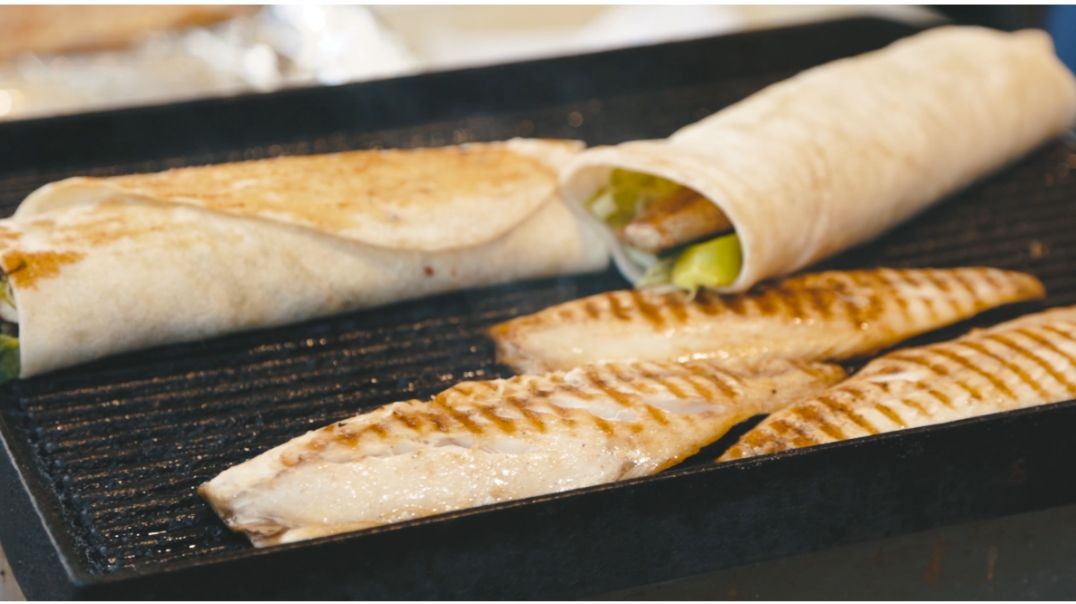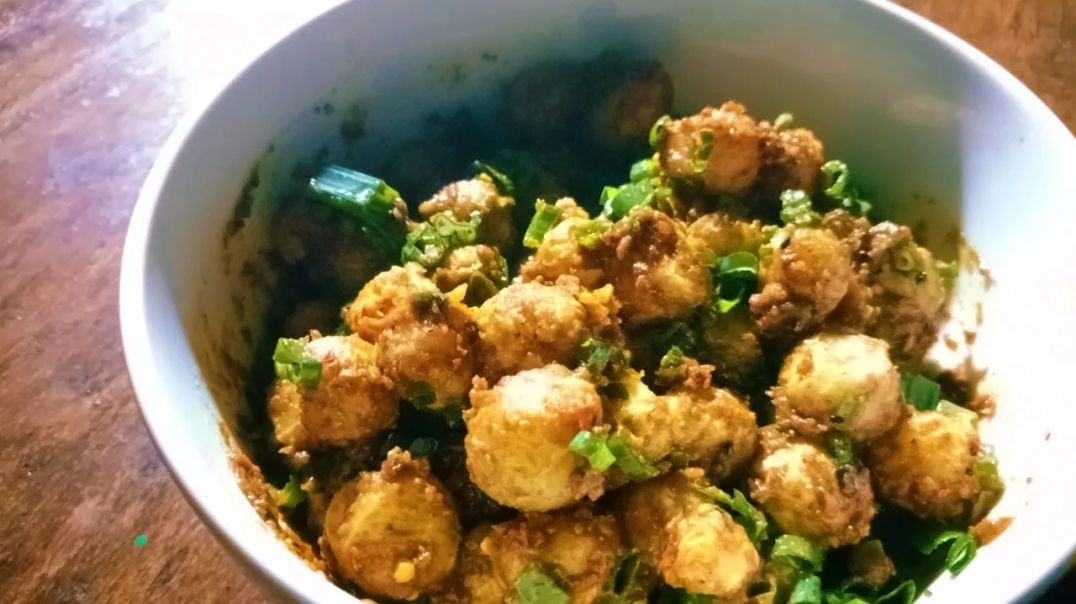Types of Jackfruit
Jackfruit is classified into two main types:
1️⃣ Ripe Jackfruit (Sweet & Juicy) ?
- Golden yellow flesh with a sweet, tropical flavor.
- Can be eaten raw or used in desserts, smoothies, and ice creams.
- Has a strong aroma and a sticky texture.
2️⃣ Unripe Jackfruit (Savory & Meaty) ?
- Firm, fibrous texture with a neutral taste.
- Used as a meat alternative in curries, stir-fries, and tacos.
- Often called “vegetarian meat” due to its pulled pork-like texture.
Nutritional Benefits of Jackfruit
Jackfruit is not only delicious but also highly nutritious. It is rich in:
✔️ Vitamin C – Boosts immunity.
✔️ Fiber – Aids digestion and gut health.
✔️ Potassium – Helps maintain blood pressure.
✔️ Antioxidants – Protects against diseases.
✔️ Low Calories & Fat – A healthy option for weight management.
Culinary Uses of Jackfruit
1️⃣ Sweet Dishes
? Jackfruit Halwa – A traditional Indian dessert made with jaggery and ghee.
? Jackfruit Smoothie – Blended with milk or coconut water for a tropical drink.
? Jackfruit Ice Cream – A creamy frozen delight with natural sweetness.
? Jackfruit Cake & Pudding – Used as a natural sweetener in baked goods.
2️⃣ Savory Dishes
? Jackfruit Curry (Kathal Ki Sabzi) – A popular North Indian dish cooked with spices.
? Jackfruit Tacos – Used as a meat substitute with Mexican flavors.
? Jackfruit Biryani – A delicious alternative to meat-based biryanis.
? Jackfruit Burgers – A plant-based alternative to traditional meat patties.
3️⃣ Snacks & Chips
? Dried Jackfruit Chips – Crispy and naturally sweet.
? Jackfruit Seed Soup – Nutritious and protein-rich.
Health Benefits of Jackfruit
✅ Supports Immunity – High in Vitamin C and antioxidants.
✅ Aids Digestion – Rich in fiber, preventing constipation.
✅ Promotes Heart Health – Helps lower cholesterol and blood pressure.
✅ Boosts Energy – Provides natural sugars for instant energy.
✅ Great for Weight Loss – Low in calories and fat, high in fiber.
How to Eat Jackfruit
- Cut open the fruit and remove the sticky latex.
- Extract the yellow bulbs and discard the seeds (or use them in recipes).
- Eat raw or cook for savory dishes.
- Store in the refrigerator for a few days or freeze for long-term use.











